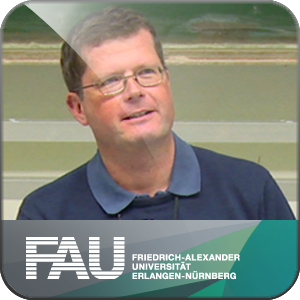Thanks for watching!
Thanks for watching!
Thanks for watching!
Thanks for watching!
Thanks for watching!
Thanks for watching!
Thanks for watching!
Presenters
Zugänglich über
Offener Zugang
Dauer
00:03:26 Min
Aufnahmedatum
2021-11-13
Hochgeladen am
2021-11-13 22:06:23
Sprache
en-US
Innmann M., Süßmuth J., Stamminger M.:
BRDF-Reconstruction in Photogrammetry Studio Setups
IEEE Winter Conference on Applications of Computer Vision (WACV) 2020 (Aspen, Colorado, USA, March 1, 2020 - March 5, 2020)
Open Access: http://openaccess.thecvf.com/content_WACV_2020/papers/Innmann_BRDF-Reconstruction_in_Photogrammetry_Studio_Setups_WACV_2020_paper.pdf
BibTeX: Download
Photogrammetry Studios are a common setup to acquire high-quality 3D geometry from different kinds of real-world objects, humans, etc. In a photo studio like setup, 50 -200 DSLR cameras are used with object-specific illumination to simultaneously capture images that are processed by algorithms that automatically estimate the camera parameters and detailed geometry. These steps are automated in established pipelines to a large extent and do not require much user input. However, the post-processing typically involves a manual estimation of surface reflectance parameters by an artist, who paints textures to allow for photorealistic rendering. While professional light stages facilitate this process in an automated way, these setups are very expensive and require accurately calibrated light sources and cameras. In our work, we present a new formulation along with a practical solution to reduce these constraints to photo studio like setups by jointly reconstructing the geometric configuration of the lights along with spatially varying surface reflectance properties and its diffuse albedo. In the presented synthetic as well as real-world experiments, we analyze the effect of different optimization objectives and show that our method is able to provide photorealistic reconstruction results with an RMSE of ≈ 1 - 3% on real data.
